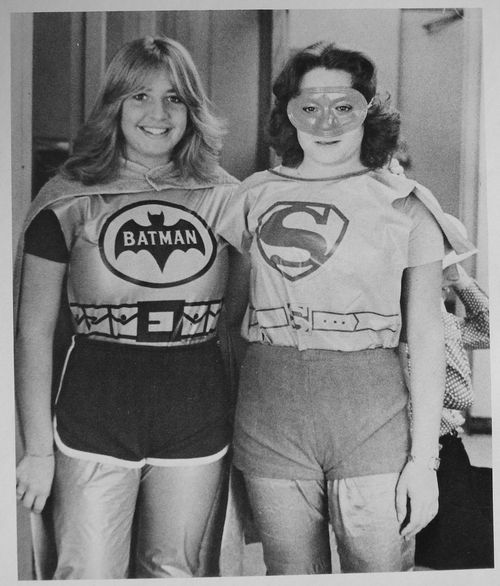
As documented in the 1979 Hewlett High School Yearbook
more Superheroes
via suwaowa
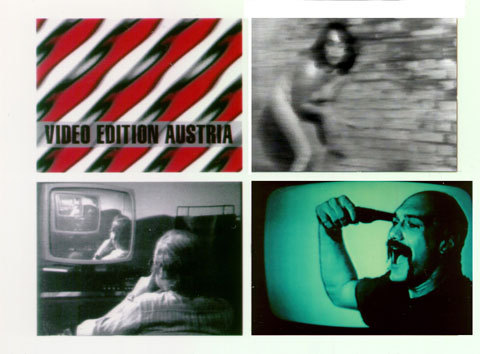
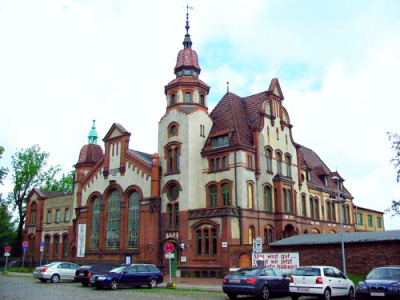 +
+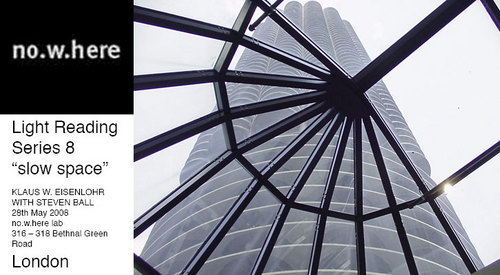
Light Reading’s 2008 series continues with a conversation between artists Klaus W. Eisenlohr and Steven Ball. Eisenlohr’s film Slow Space (2004) will be screened during the event.
Klaus W. Eisenlohr is an artist, photographer and filmmaker living in Berlin. He is currently curator of “Urban Research”, an ongoing film and video project concerned with urban development and public space, at Director’s Lounge, Berlin. Eisenlohr’s recent work can be characterised as “camera-guided” rigorous research into exploring the body within the spaces it inhabits, and aiming to go beyond mere representation of public spaces through film, but to encourage a perception of space that goes beyond the camera’s frame.
Slow Space (2004) is a film journey through buildings of glass architecture in Chicago. Street scenes and interviews complement this essay on public and private spaces.
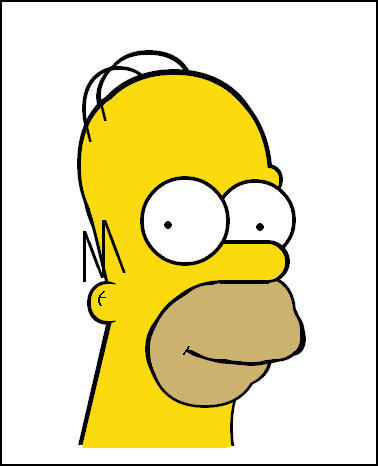
"It is not an image in the normal sense, it was instead painstakingly created using CSS. CSS (cascade style sheets) is a language to define a website visual representation, but it is not intended to create images. Homer was created by placing hundreds of characters (numbers/letters/symbols) of different sizes and colors in specific positions on the page. Too easily see this, click somewhere in the middle of his face and slowly drag your mouse outward. You should see your mouse highlight some of the text!
Since this is an unusual and rather avant-garde method for displaying images, there are no tools and the process is hard, slow and complex to make it work well in different browsers.
So, why did I spent dozens of hours in such a pointless task?
…no comment."
Translated by Thomas Gilray.
btw: if this doesn't look right for you, it may be that you are on Linux and don't have the Verdana font. You can install it from the msttcorefonts package.

Steven Foxley, known to readers of this katz under his handle aE3, set up a new page, poison-gas, featuring his wide collection of video, audio and graphical art works. Residues After Sleep, his latest video displays traces of a dream of flight & becoming. Multiple X-Rays were scratched & then scanned & set as overlays to the video content. Expand to see this beautiful, dreamlike video of about 6 min.
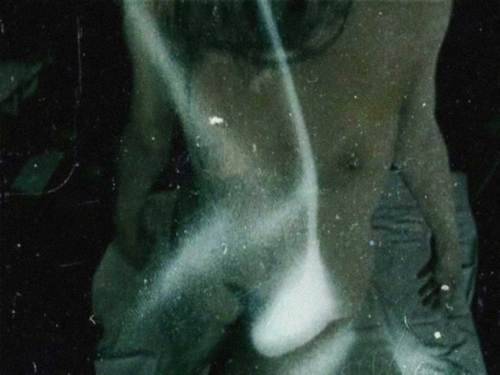
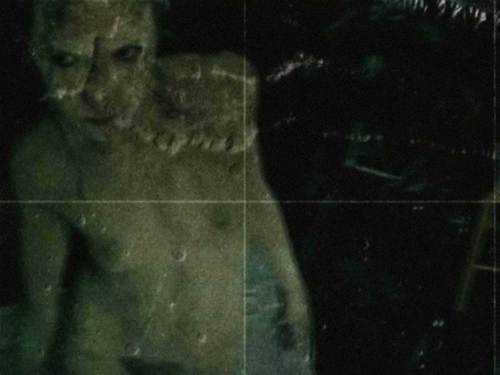

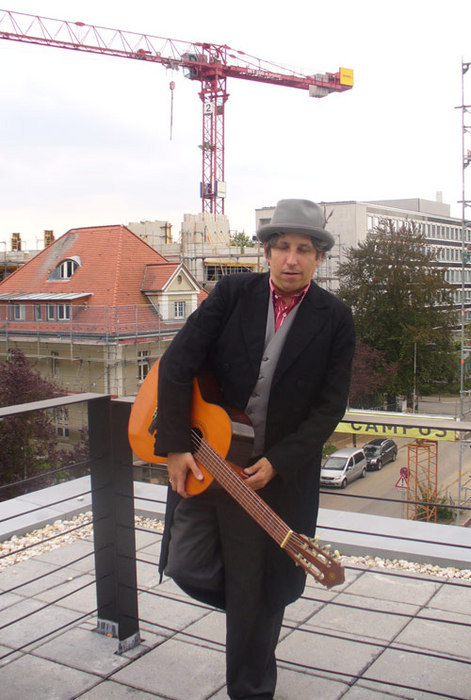
Andreas Oehler, long time fellow of Directors Lounge, has been with us since the very first days. As a Director, together with Trude Trunk, he presented already five movies, he joined us as part of the press squad, as a cinematic connoisseur, and always as a friend. This time we´ll meet this Jack of all trades as a singing Director, a Master Of Ceremony. On the occasion of his Book release Oehler´s Straßenlieder (ballads by Andreas Oehler with drawings by Burkhard Mohr and a foreword by Wolf Biermann) do we proudly present Oehler´s Roadshow, together with Verlag Franz Schoen. Andreas Oehler will be live on stage, singing together with Max Emil Schoen & Eleni Wittbrodt. There will be klezmermusic by the Mel d´Oro-Quintett and, as a special guest, Michael Mertes reading from his book:"Du, meine Rose, bist das All für mich".

 Robert Rauschenberg (October 22, 1925 - May 12, 2008)
Robert Rauschenberg (October 22, 1925 - May 12, 2008)Robert Rauschenberg, the irrepressibly prolific American artist who time and again reshaped art in the 20th century, died Monday night. He was 82.
Mr. Rauschenberg’s work gave new meaning to sculpture with his his "Combines" of the 1950s, in which non-traditional materials and objects were employed in innovative combinations. The Combines are both painting and sculpture.
Rauschenberg had a tendency to pick up the trash that interested him on the streets of New York City and bringing it back to his studio to use it in this works. He claimed he "wanted something other than what I could make myself and I wanted to use the surprise and the collectiveness and the generosity of finding surprises. And if it wasn't a surprise at first, by the time I got through with it, it was. So the object itself was changed by its context and therefore it became a new thing." “Canyon,” for instance, consisted of a stuffed bald eagle attached to a canvas. “Monogram” was a stuffed Angora goat girdled by a tire atop a painted panel. “Bed” entailed a quilt, sheet and pillow, slathered with paint, as if soaked in blood, framed on the wall. They all became icons of postwar modernism.
A painter, photographer, printmaker, choreographer, onstage performer, set designer and, in later years, even a composer, Mr. Rauschenberg defied the traditional idea that an artist stick to one medium or style. He pushed, prodded and sometimes reconceived all the mediums in which he worked.
Building on the legacies of Marcel Duchamp, Kurt Schwitters, Joseph Cornell and others, he thereby helped to obscure the lines between painting and sculpture, painting and photography, photography and printmaking, sculpture and photography, sculpture and dance, sculpture and technology, technology and performance art — not to mention between art and life.
He lived and worked in New York City and on Captiva Island, Florida until his death on May 12, 2008.
He will be missed.
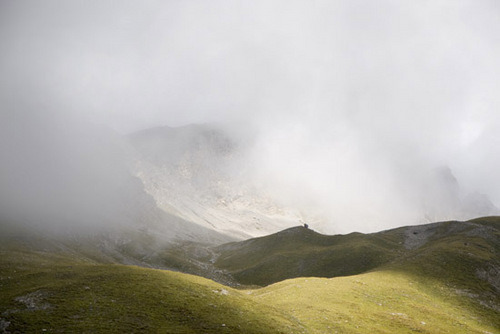
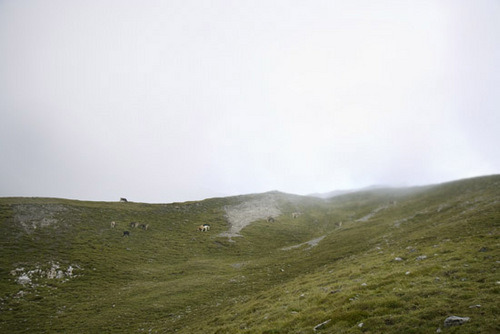


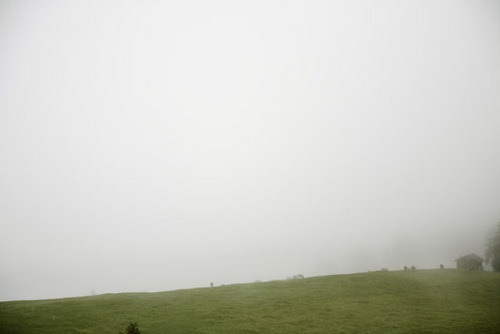
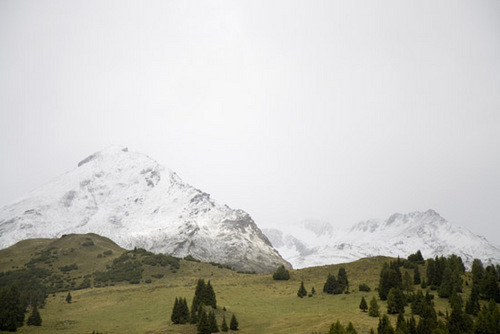
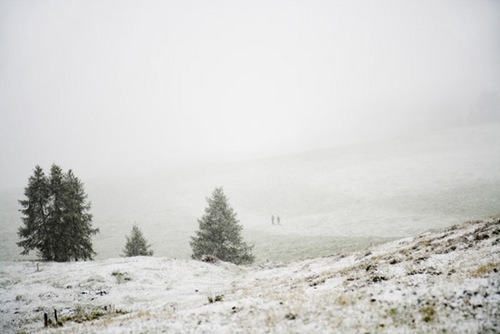
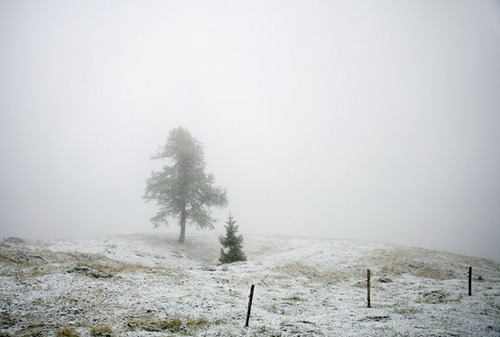

 Barbie Dolls, 2008, 60x80"
Barbie Dolls, 2008, 60x80"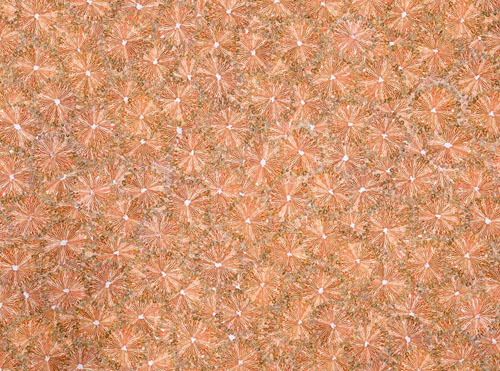 partial zoom
partial zoomSeattle-based artist Chris Jordan has a provocative and thoughtful approach to using photo-based art to underline the excesses of human consumption and other atrocities. His series, Running the Numbers: An American Self-Portrait, uses cleverly designed huge images to convey the vastness of waste and other ridiculous human behavior. Barbie Dolls, 2008, 60”x80”, depicts 32,000 Barbies, equal to the number of elective breast augmentation surgeries performed monthly in the US in 2006.
lens culture
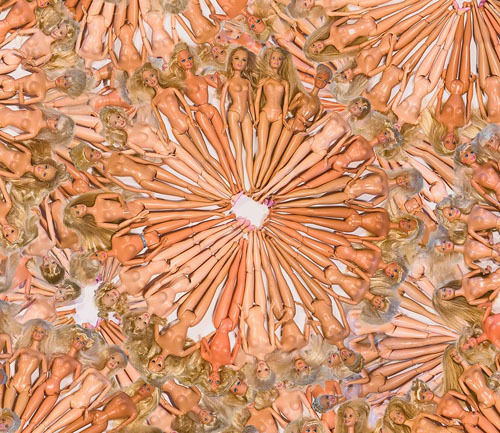 Detail at actual print size
Detail at actual print size  Cell Phones, 2007, 60x100"
Cell Phones, 2007, 60x100"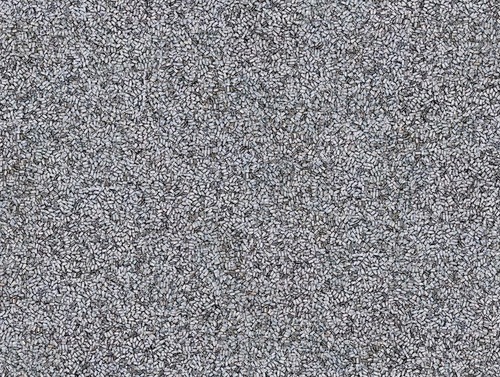 Partial zoom
Partial zoom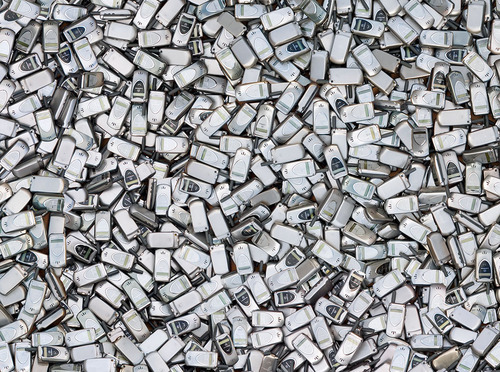 Detail at actual size
Detail at actual size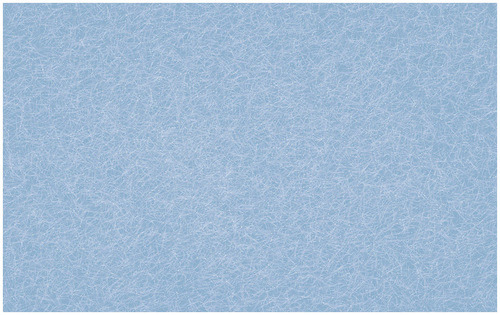 Jet Trails, 2007 60x96”
Jet Trails, 2007 60x96” 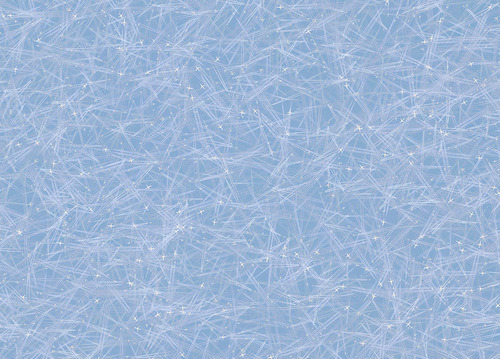 Partial zoom
Partial zoom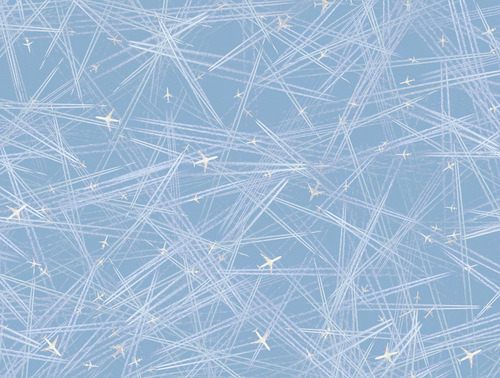 Detail at actual size
Detail at actual size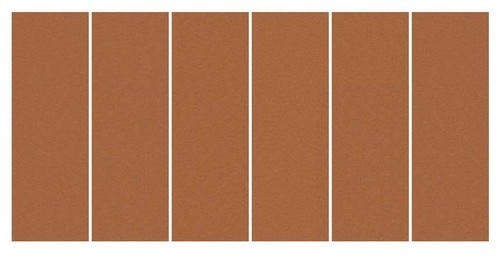 Prison Uniforms, 2007; 10x23 feet in six vertical panels
Prison Uniforms, 2007; 10x23 feet in six vertical panels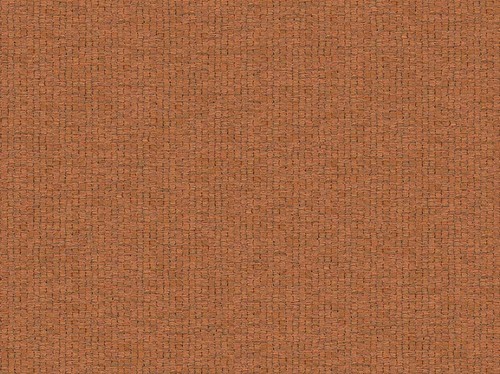 Partial zoom
Partial zoom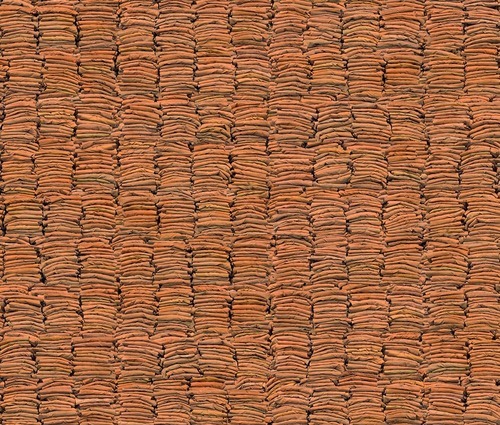 Detail at actual size
Detail at actual size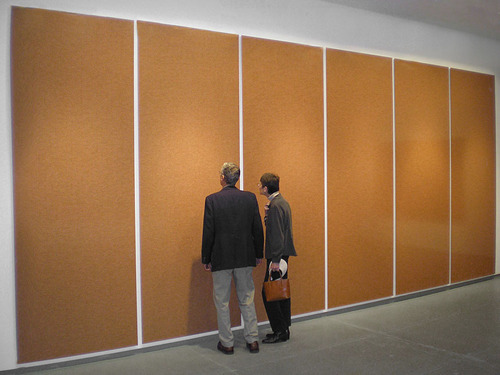 Installed at the Von Lintel Gallery, NY, June 2007
Installed at the Von Lintel Gallery, NY, June 2007